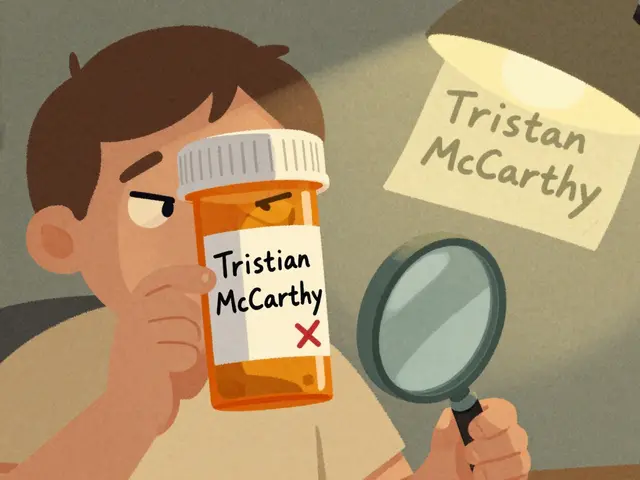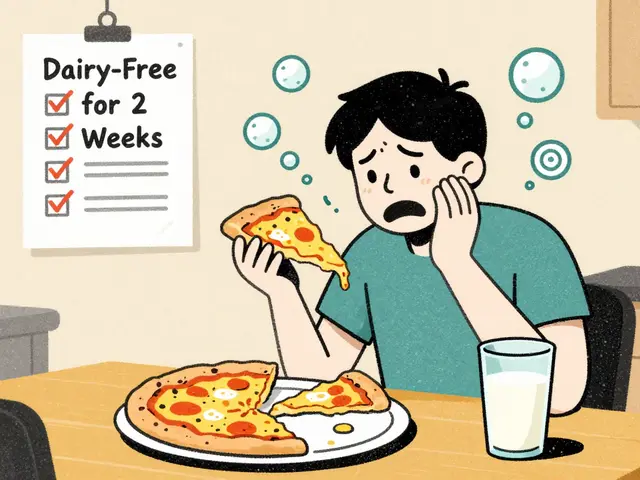Lexapro (escitalopram): what it does and how to use it safely
Lexapro is the brand name for escitalopram, a commonly prescribed SSRI used for depression and anxiety. If you or someone you care about has been offered Lexapro, this page gives clear, usable info: what it treats, a typical dosing approach, side effects to watch for, and practical tips for taking it safely.
How Lexapro works and typical dosing
Escitalopram boosts serotonin levels in the brain, which can improve mood and reduce anxiety. Doctors usually start adults on 10 mg once a day. Depending on response and tolerability, that may be increased to 20 mg daily. Older adults or people sensitive to meds might start at 5 mg. It’s taken once a day, with or without food, and usually shows noticeable benefits after 2–6 weeks. Stick with the plan your prescriber sets—don’t increase the dose on your own.
For teens and people with other health issues, dose decisions vary. Always follow your prescriber’s instructions and check in regularly during the first month so they can adjust the dose if needed.
Side effects, interactions, and safety tips
Common side effects include nausea, sleep changes (insomnia or drowsiness), dry mouth, sweating, and reduced sexual desire or difficulty with orgasm. Most side effects ease over a few weeks. If they don’t, talk to your prescriber—sometimes a dose change or switching meds helps.
There are a few serious things to watch for. Contact medical help if you notice signs of serotonin syndrome (agitation, fast heartbeat, high fever, severe tremor), unusual bleeding (easy bruising, blood in stool), or severe mood changes like new suicidal thoughts—especially in people under 25. Older adults can be at higher risk for low sodium (hyponatremia) and falls.
Lexapro interacts with several medicines. Don’t combine it with MAO inhibitors, certain antibiotics like linezolid, or other drugs that raise serotonin (some migraine meds, tramadol, St. John’s wort) without medical advice. It can also increase bleeding risk if taken with NSAIDs, aspirin, or blood thinners. Always give your doctor or pharmacist a full list of what you take.
Stopping Lexapro suddenly can cause withdrawal-like symptoms: dizziness, irritability, vivid dreams, or flu-like feelings. If you need to stop, your prescriber will usually taper the dose slowly to reduce those symptoms.
About pregnancy and breastfeeding: decisions depend on individual risk and benefit. Some people stay on escitalopram during pregnancy because untreated depression has its own risks. Talk with your OB/GYN or psychiatrist to weigh options.
Generic escitalopram contains the same active ingredient as Lexapro and is usually less expensive. Only buy prescriptions from reputable pharmacies and expect to need a prescription—avoid sites that sell without one. Take your dose at the same time each day, avoid alcohol while starting treatment, and check in with your prescriber if you have troubling side effects or no improvement after 6–8 weeks.
If you want specific, personalized advice, reach out to your doctor or pharmacist. They’ll help you decide if Lexapro fits your situation and how to use it safely.





